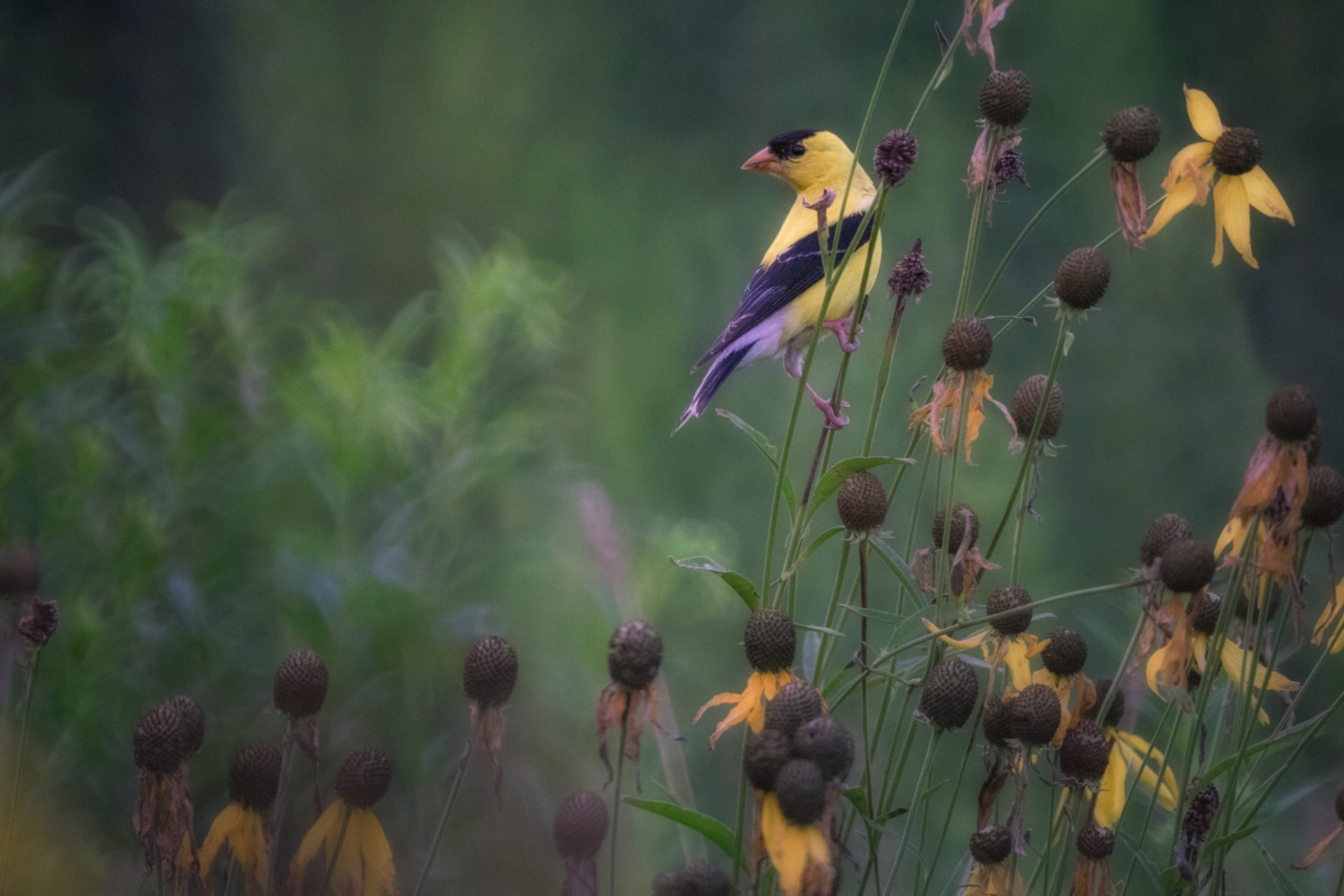By Nadene LeCheminant
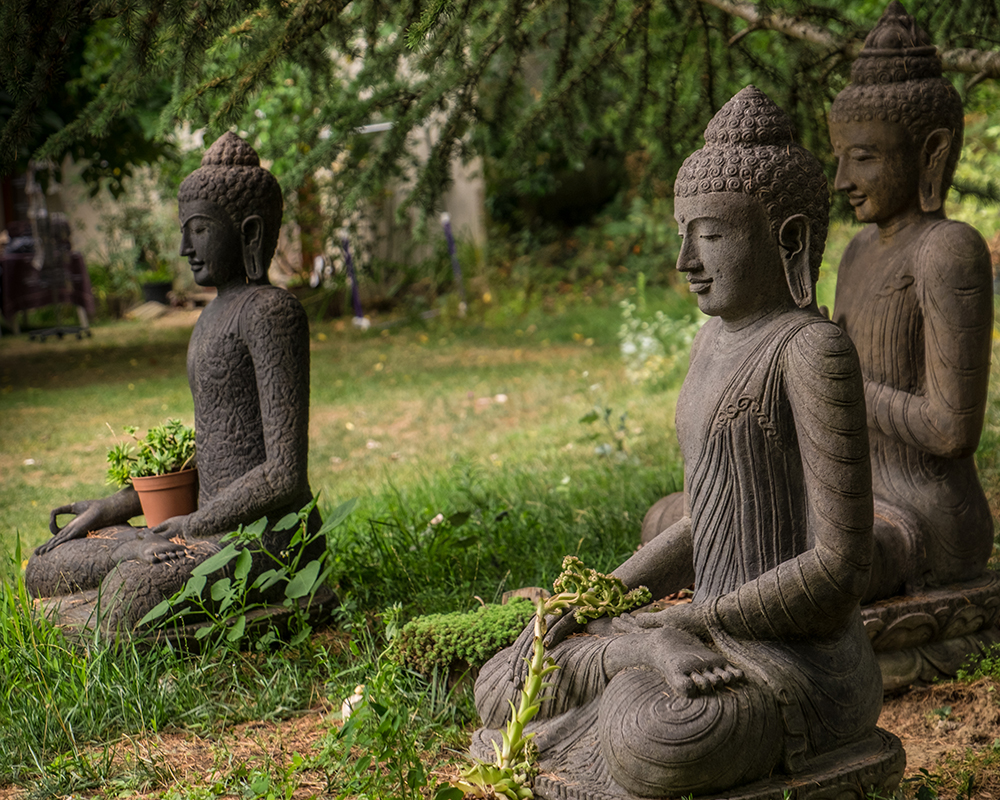
Seven hundred monastics in Thay’s spiritual tradition are spread across three continents—Asia, Europe, and North America. They come from Australia to Canada to India, and from Christian to Jewish to agnostic backgrounds. For the last five years, Plum Village has welcomed its first Muslim monk, Brother Dai Dinh, from Indonesia.
On the long flight from Indonesia to France,
By Nadene LeCheminant

Seven hundred monastics in Thay’s spiritual tradition are spread across three continents—Asia, Europe, and North America. They come from Australia to Canada to India, and from Christian to Jewish to agnostic backgrounds. For the last five years, Plum Village has welcomed its first Muslim monk, Brother Dai Dinh, from Indonesia.
On the long flight from Indonesia to France, Brother Dai Dinh told himself, “When I arrive in Plum Village, I will touch the Earth.” But when he arrived on that autumn day in 2011, the ground was so chilly he quickly changed his mind. “I had never imagined a place could be so cold,” he said. Brother Dai Dinh is from East Java in Indonesia, a sunny country on the equator that comprises more than 17,000 islands and is home to tropical beaches and more than 130 active volcanoes.
He came from a family of rice farmers and grew up in a Muslim village, and he is the first Muslim monk at Plum Village. This fall he will complete the Five-Year Monastic Program.
“Ever since I was a child, I wondered about God and wanted to meet him,” Brother Dai Dinh said. At age eighteen, he found a master in the Sufi tradition, a mystical branch of Islam. He fasted, practiced celibacy, and attempted to sleep only four hours each night, praying at night vigils.
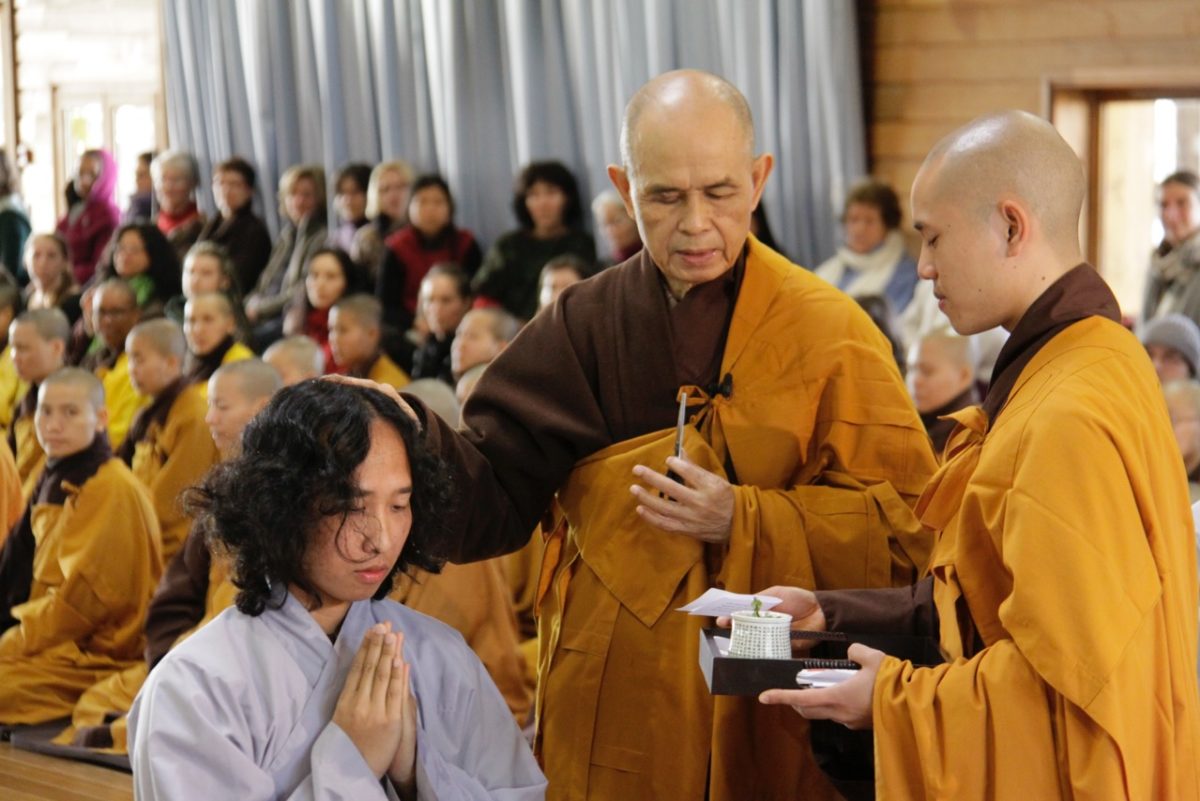
JOURNEY ACROSS CULTURES
When Brother Dai Dinh told his master he wanted to “find true Islam,” he was told, “If you want to find true Islam, you first need to understand Buddhism.” And so he began studies at a Buddhist university, but found the curriculum steeped in academia, with little regard for Buddhist practice. When he came across the book Being Peace, by Thich Nhat Hanh, he felt he had his first glimpse into the heart of Buddhism. “That book became a second book of scripture, after the Holy Quran,” he said.
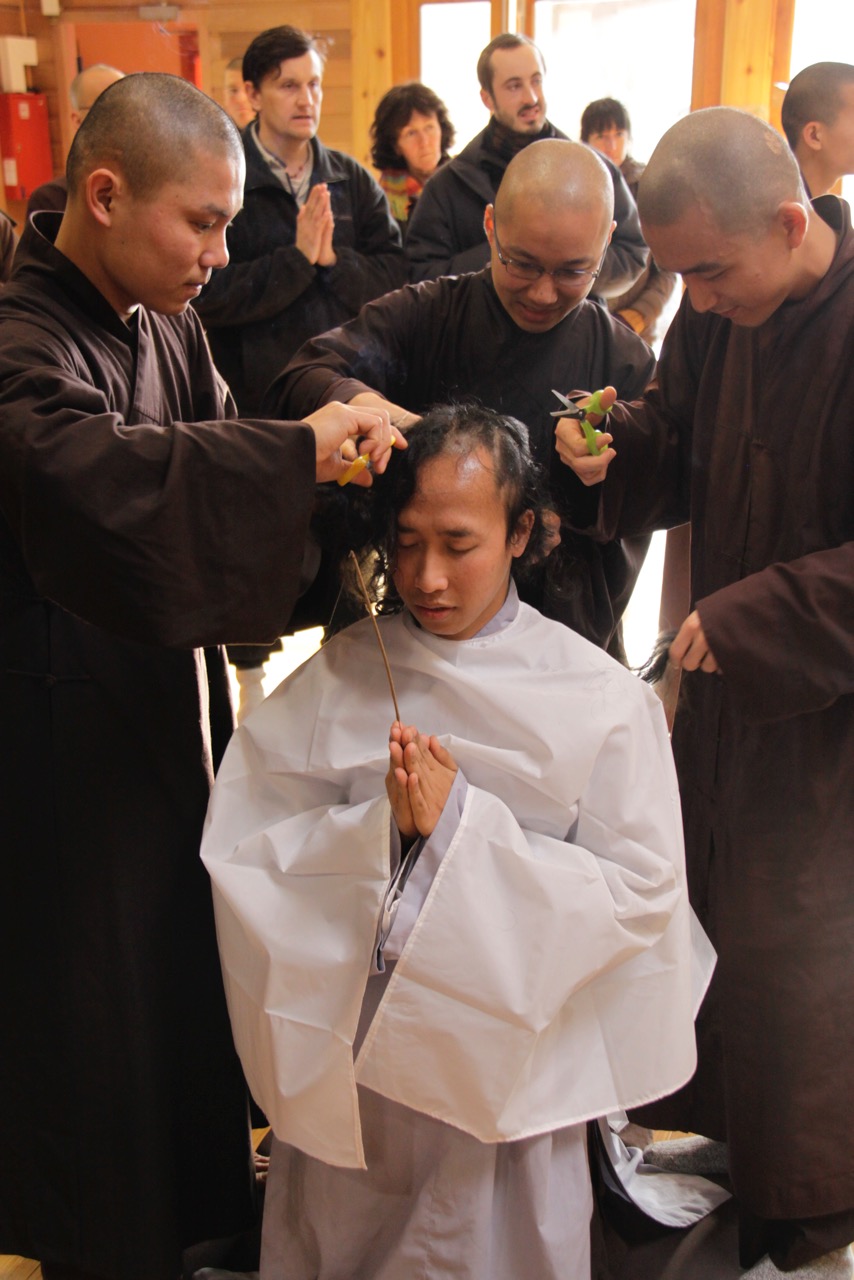
Brother Dai Dinh attended a retreat with Thay, and then visited Plum Village—for the long term. As he boarded the plane, he was nervous, not because it was his first journey to another country, but because his birth name is Mohammed. He was afraid of Western prejudice.
In spite of his lively, upbeat personality, Brother Dai Dinh’s adjustment to Plum Village wasn’t easy. “I didn’t speak English,” he said. “I had a mouth, but I could only speak Javanese. I had ears, but I could only understand the birds.” So the outgoing young man used smiles to communicate with his dormitory roommates. The food was almost as discouraging as the cold weather and foreign language. “When I first saw noodles, I took a lot, but they were sour, not sweet like Indonesian noodles.” He ate in small bites, and downed that first meal of spaghetti with lots of water.
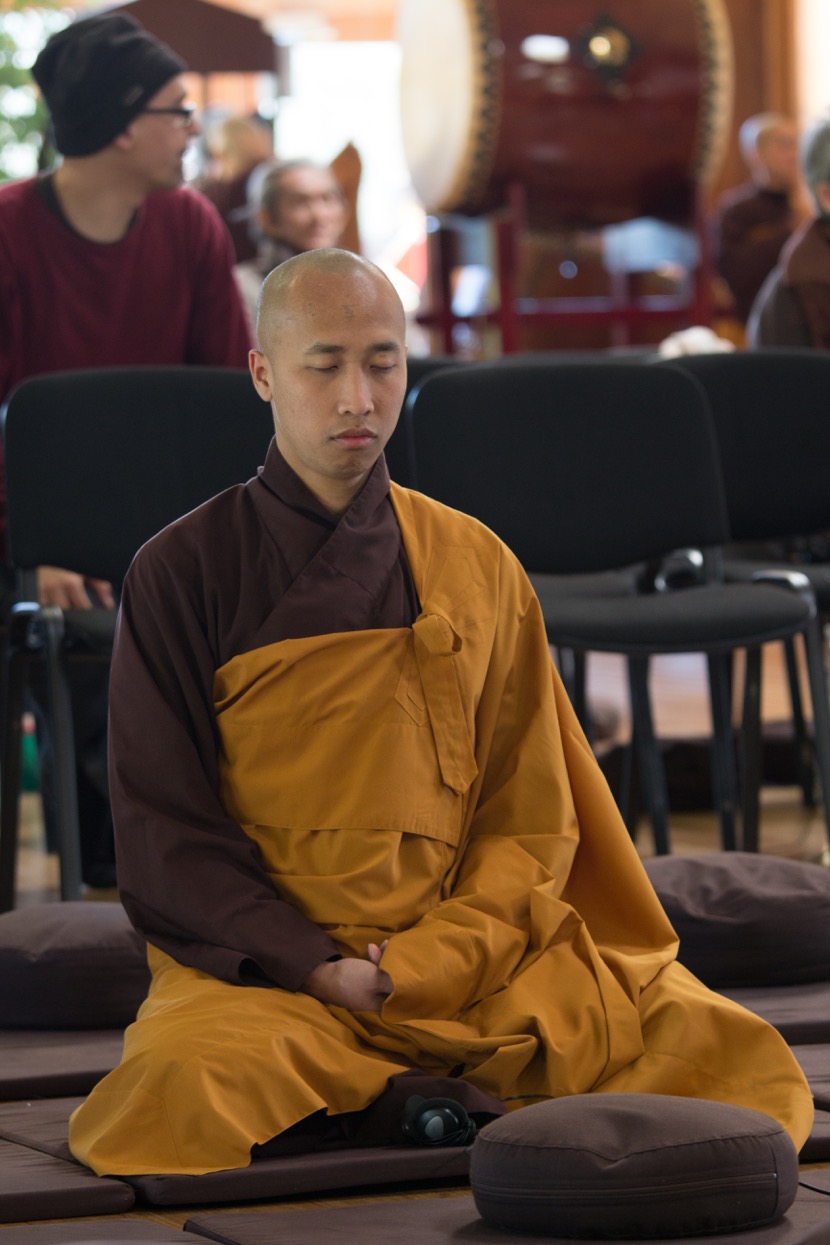
Eventually, he discovered that French cuisine also includes chocolate croissants. He learned English and moved into monastic quarters, and he fell in love with the peaceful rhythm of daily meditation.
A BEAUTIFUL WAY OF BEING
Thay gave him a name: Dai Dinh, which means “great concentration.” Brother Dai Dinh said, “It was like my homework.” As part of the Five-Year Monastic Program, he shaved his head and became an aspirant and then a novice, under the guidance of a spiritual mentor. After three years, with approval from the community, he received the bhikshu precepts and became a full-fledged monk.
Even as Brother Dai Dinh became familiar with Buddhist monastic life, the monks and nuns became familiar with his Muslim traditions. One or two would join him in celebrating Ramadan in Plum Village for a month each year, fasting from sunrise to sunset. And he celebrated Christmas and New Year’s by playing his big African djembe drum at community sing-alongs, his smile as enthusiastic as his playing.
But Brother Dai Dinh had vowed to return to Indonesia and his Islamic faith at the end of his five-year program at Plum Village, and he was nervous about asking Thay for his blessing. When Thay had a stroke, he put off his request. “My father had died, and Thay was now like my father,” Brother Dai Dinh said. “The monks asked me to help care for him, which was my great blessing.”
On a visit with Thay, one of the monks explained to their teacher that Brother Dai Dinh wanted to return home to his family and to Islam. “Thay touched my hand,” Brother Dai Dinh said. “He looked at me for a long time. He is paralyzed on his right side, but he took my hand in his left hand. I hugged him, with his head on my lap, and cried. I said, ‘I am always your student.’ I told him I would bring his teachings to the Muslim community in Indonesia. Then he stroked my head to show love and care, and embraced me. I felt I got in touch with his heart, and felt I had his blessing and support.”
This fall, after Brother Dai Dinh completes the Five-Year Monastic Program, he will return to Indonesia and his Sufi tradition. “I want to sleep in my home, drink water from my land, eat Indonesian food. Before I came to Plum Village, I promised my mother and father on their graves that I would come back to our family and religion.
“I will go back to the Muslim tradition, but I want to share with my community that Buddhism teaches a beautiful way of being. It offers its own wisdom. It was difficult to learn about Buddhism in a book or in the university, but now I feel it.
“I’ll miss chocolate croissants,” he laughs. “I’ll miss the monks and nuns of Plum Village, the way we live in community, and I will miss Thay.”
Where will Brother Dai Dinh be in five years? “In five years I will still be drinking tea,” he says. “I’ll practice meditation. I’ll follow my breathing. The Muslim way is to use a rosary, but I have learned that we each have our own rosary everywhere we go. We have our breath.”
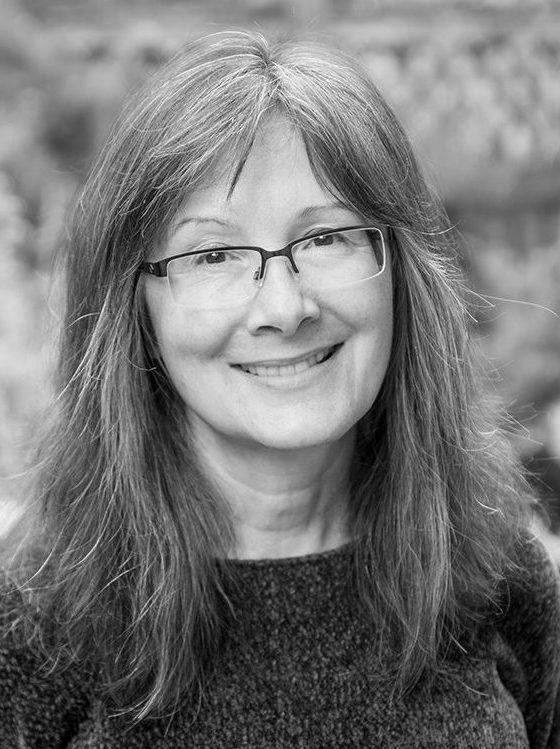
Nadene LeCheminant, True Flower Garden, practices with the River Sangha in Oregon. She enjoys nature walks, gardening, listening to music, and being with friends.

